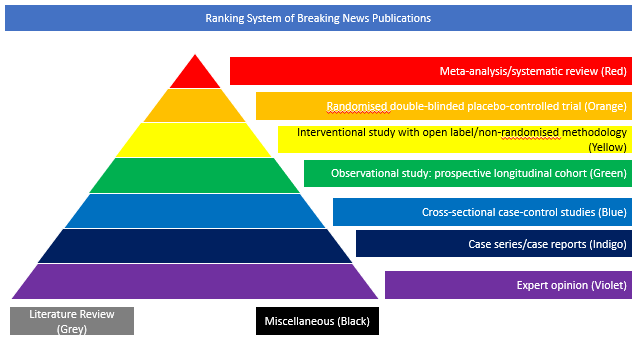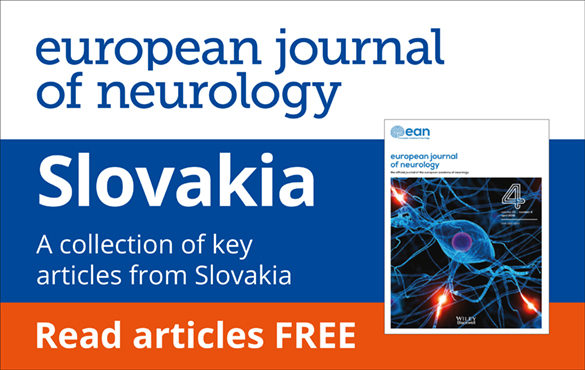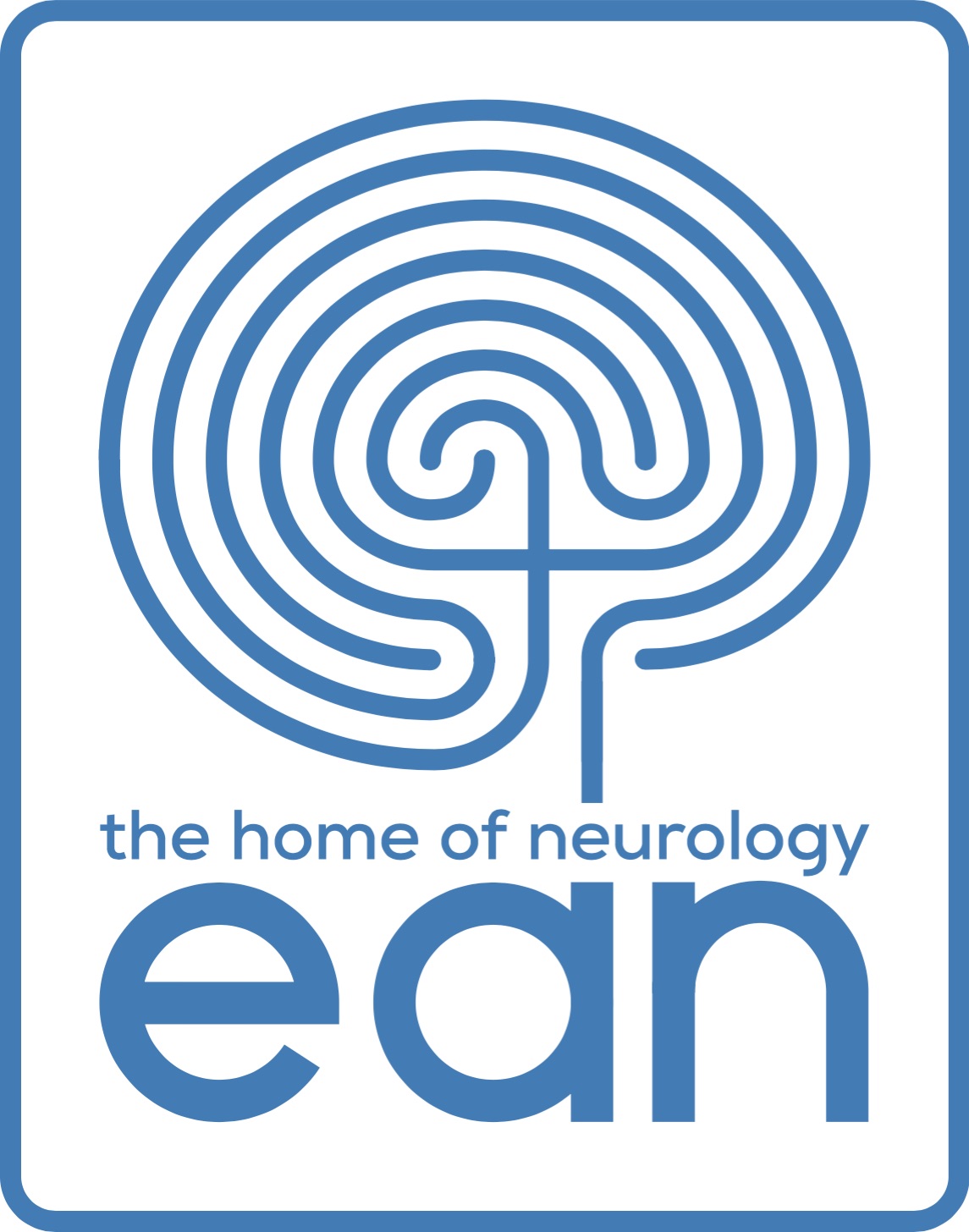Miscellaneous (Black)
As countries in Europe gradually relaxed lockdown restrictions after the first wave, test-trace-isolate strategies became critical to maintain COVID-19 viral activity at low levels. Reviewing their shortcomings can provide elements to consider in light of the second wave currently underway in Europe. In this paper, the authors estimate the rate of detection of COVID-19 symptomatic cases in France after lockdown through the use of virological and participatory syndromic surveillance data coupled with mathematical transmission models calibrated to regional hospitalisations. The results of this study indicate that around 90,000 incident symptomatic infections, corresponding to 9 out 10 cases, were not ascertained by the surveillance system in the first 7 weeks following lockdown from May 11 to June 28 2020, although the test positivity rate did not exceed WHO recommendations (5%). The median detection rate increased from 7% [6-8%] to 38% [35-44%] over time, with large regional variations, owing to a strengthening of the system as well as a decrease of epidemic activity. According to participatory surveillance data, only 31% of individuals with COVID-19-like symptoms consulted a doctor in the study period. This suggests that large numbers of symptomatic COVID-19 cases did not seek medical advice despite recommendations, as confirmed by serological studies. Encouraging awareness and same-day healthcare-seeking behaviour in suspect cases is critical to improve detection. However, the capacity of the system remained insufficient even at the low levels of viral circulation achieved after lockdown, and was predicted to deteriorate rapidly with increasing epidemic activity. The authors concluded that substantially more aggressive, targeted, and efficient testing with easier access is required to act as a pandemic-fighting tool. Testing strategy will be once again be of critical value to lift current restrictive measures in Europe and avoid a third wave.
DOI: https://doi.org/10.1038/s41586-020-03095-6












